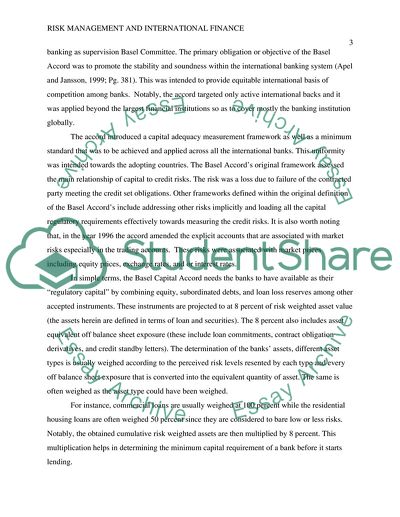Cite this document
(“Risk management and international finance Assignment”, n.d.)
Risk management and international finance Assignment. Retrieved from https://studentshare.org/finance-accounting/1635583-risk-management-and-international-finance
Risk management and international finance Assignment. Retrieved from https://studentshare.org/finance-accounting/1635583-risk-management-and-international-finance
(Risk Management and International Finance Assignment)
Risk Management and International Finance Assignment. https://studentshare.org/finance-accounting/1635583-risk-management-and-international-finance.
Risk Management and International Finance Assignment. https://studentshare.org/finance-accounting/1635583-risk-management-and-international-finance.
“Risk Management and International Finance Assignment”, n.d. https://studentshare.org/finance-accounting/1635583-risk-management-and-international-finance.


